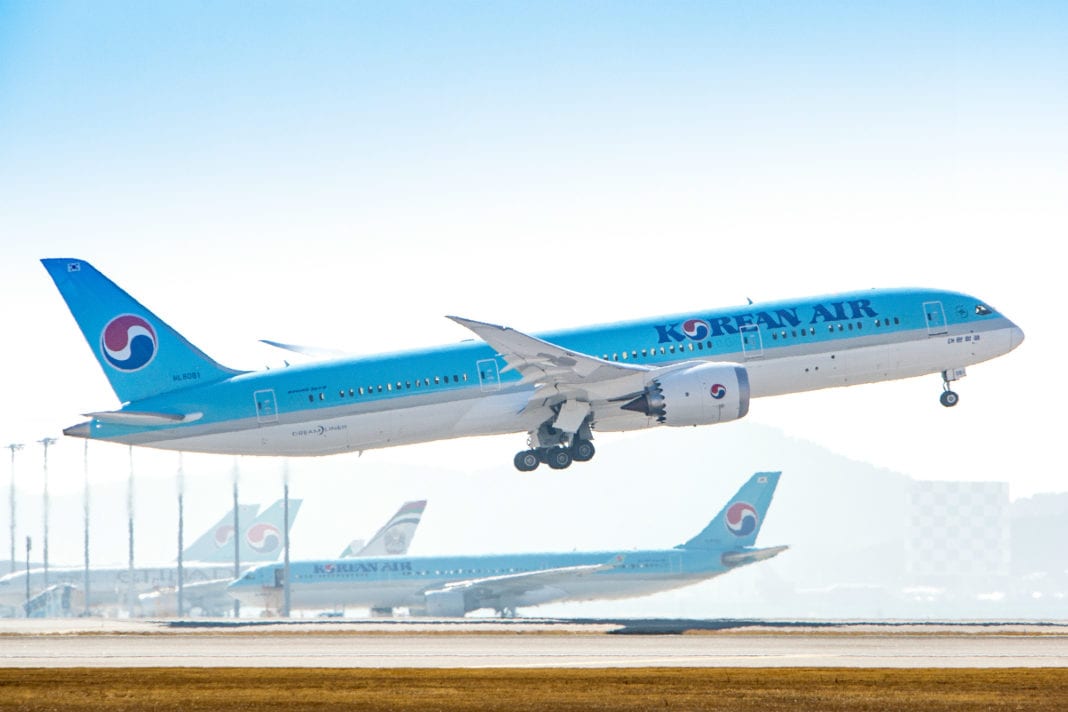The US leisure industry could reap rich rewards if lawmakers relax Cuban travel bans, but industry experts warn that several hurdles still block a potentially huge payday for cruise companies, hotels and airlines.
Earlier this week, President Barack Obama opened a crack in the decades-old U.S. embargo against Cuba, allowing American telecommunications firms to start providing service for Cubans and lifting restrictions on family ties to the island.
The move marked a major shift from the prior approach to Havana, as Obama ended limits on family travel and money transfers by Cubans in the United States to their homeland and spurred hopes that loosened travel restrictions could be next.
But experts warn there is little clarity on if and when limits on commercial trade will be lifted. Some expressed doubts about Cuba’s ability to handle the potential deluge of thousands of U.S. tourists.
“The hype about U.S. tourism in Cuba far exceeds the existing infrastructure,” said John Kavulich, senior policy adviser for the U.S.-Cuba Trade and Economic Council.
The travel industry has long eyed Cuba as a desirable destination for American tourists. The country’s capital city, Havana, is little more than 200 miles from Miami, the home base of two of the world’s largest cruise ship operators: Royal Caribbean and Carnival Corp.
A port in Cuba would be a boon for these companies as they can offer new trips at minimal fuel costs and jump-start demand for more cruises to the Caribbean, a key market.
Americans “have not seen Cuba in 50 years,” said Jay Lewis, president of the Miami-based cruise consultancy Passenger & Shipping Institute. “There is a great allure of the unknown.”
European cruise operators have offered trips to Cuba for years and Kavulich said 2 million tourists journey to the island nation each year.
In the past decade, both Royal Caribbean and Carnival have bought European companies that have at one point offered routes to Cuba. In 2000, Carnival bought Italian company Costa Cruises, and Royal Caribbean acquired Spanish cruise ship operator Pullmantur in 2006. Both businesses stopped offering Cuban trips when they were bought.
“We have a pretty good idea about the infrastructure there because of the European lines that we acquired previously,” said Tim Gallagher, Carnival spokesman.
Cruise lines will likely benefit first, some experts said, because it can take years to build up resort-style hotels on shore. Even so, capacity questions remain.
“If you have a 2,000-passenger cruise vessel at the port of Havana, at some point they’re going to want to have lunch,” Kavulich said.
“There are three restaurants — how are you going to feed 2,000 people at one time?”
Obama directed the U.S. government to look at sending regularly scheduled commercial flights to Cuba. Air travel between the two countries is now limited to charter flights.
Demand for air travel between the United States and Cuba is unclear, experts said. But they generally agree that airlines with operations in Miami and up the East Coast are best-positioned to win customers.
“There’s huge pent-up demand,” said Joe Schweiterman, travel expert at DePaul University in Chicago.
“The hubs in the South will be attractive gateways to Cuba,” he said. “Miami could support a full-blown shuttle operation.”
At Miami International Airport, AMR Corp’s American Airlines carries the largest percentage of traffic by far. JetBlue Airways and Spirit Airlines have large operations in Fort Lauderdale, Florida.
“We have been flying some charter flights to Cuba,” AMR spokesman Tim Smith said. “For the present, we will continue those charters based on demand for them. (But it’s) too early to talk about the future beyond that.”
Experts say Delta Air Lines and Continental Airlines with hubs in the New York area, which also has a large Cuban population, stand to benefit as well.
Cuban air travel has increased lately. Data from the International Air Transport Association (IATA) showed a 7.3 percent increase in travel to and from the nation in 2008. Travel between Mexico and Cuba surged 10.9 percent in 2008, while travel between Canada and Cuba fell 20.8 percent.
“We could see a significant increase in traffic with the changes announced this week,” IATA spokesman Steven Lott said. “We see significant demand for expanded air service.”
“It opens the door a little bit but not all the way,” he said. “This is certainly a hint of greater liberalization to come.”
Donating prizes also pays off! Click here to contact our publisher to discuss more.





















